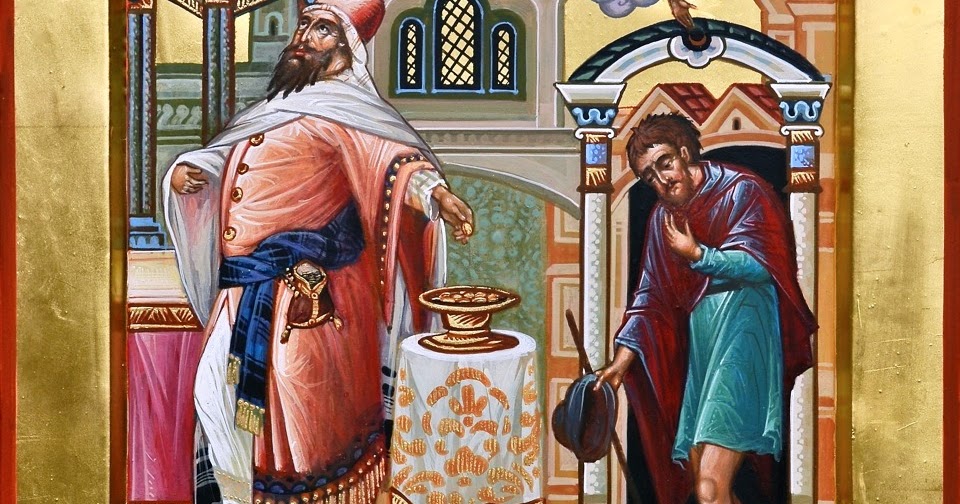 For Byzantine Catholics, Sunday Feb. 10 is the Sunday of the Publican and the Pharisee, which is the first of then “pre-Lenten Sundays.”
For Byzantine Catholics, Sunday Feb. 10 is the Sunday of the Publican and the Pharisee, which is the first of then “pre-Lenten Sundays.”
The journey of the feast of lights was a journey to specific holy places. It is a journey which we now make in spirit, in order to find the light of Christ. Soon after this journey, we begin another journey, going with our Lord to Jerusalem, as he foretold in the Gospel of St. Luke: “When the days for his being taken up (which John calls his glorification) were fulfilled, he resolutely determined to journey to Jerusalem.” During the Great Fast, then, we make another journey that ends in the holy city of Jerusalem, as Jesus said, “Yet I must continue on my way today, tomorrow, and the following day, for it is impossible that a prophet should die outside of Jerusalem” (Luke 13:33). But his death is his glorification, “by death he tramples death,” and it is the way to resurrection, to a resurrection promised to all. Our journey likewise ends in life (resurrection) and in light, as the Gospel of Paschal Sunday, the Day of Resurrection says, “ The light shines in the darkness, and the darkness has not overcome it” (John 1:5).
The journey to light in the Christmas – Theophany – Encounter cycle ends in the temple, where the incarnate temple of God enters into the holy Temple, and there is proclaimed to the world by Simeon and Anna, who witness to his glory. The journey of the Great Fast then begins in the Temple, and two men go there to pray. One witnesses to pride and self-righteousness, the other to humility and repentance. The whole of the Great Fast is for us to make our choice on which to imitate. To be a Christian means to hear our Lord’s warning, “Whoever exalts himself will be humbled, but whoever exalts himself will be exalted.” This is the central meaning of the Great Fast, as our Lord invites us, “Come and see.”
Meditation by Archpriest David Petras